Karen Weintraub USA TODAY
Published 5:07 AM EDT Sep. 14, 2022 Updated 5:07 AM EDT Sep. 14, 2022
Although millions of Americans are still suffering the effects of a COVID-19 infection, the causes of long COVID remain a mystery.
In some people, symptoms might be triggered by a lingering infection, not detected by tests, but festering somewhere deep inside the body.
Or maybe the immune system, shifted into overdrive by the infection, couldn't figure out how to turn itself off, and now, it's attacking its own body or producing harmful inflammation in places like the heart or brain.
In others, tiny blood clots might be to blame. COVID-19 is known to cause major blood clots – it's one of the primary causes of death from the infection. Some studies suggest people with long COVID have microscopic blockages that deprive organs of needed oxygen and lead to symptoms.
Debilitating fatigue and brain fog, which are among the most common complaints of long COVID sufferers, could be caused by any of these – or all of them.
Knowing the cause of a person's long COVID is important because it makes a huge difference in how they should be treated.
If they have a lingering infection, boosting their immune system, maybe with another shot of a COVID-19 vaccine or a course of the antiviral Paxlovid might solve their problems. But if their symptoms are caused by an overactive immune system, such treatments could make things worse.
While some people with long COVID report feeling better after a COVID-19 booster shot, others say a shot set back their recovery by months. There have been no systematic studies of booster doses for long COVID sufferers or any way to determine who fits into which category.
All of the ideas behind long COVID remain "reasonable theories" and educated guesses at the moment, noted Dr. Eric Rubin, a microbiologist and editor-in-chief of the New England Journal of Medicine.
His journal hasn't published much on long COVID yet, Rubin said, though he would like to. "We're waiting for the kind of quality data that's appropriate," he said. "Anecdotes are dangerous."
Here are some of the most common medical issues with long COVID, their causes and current research:
Testing
Identifying different problems can be tricky. Many long COVID symptoms aren't detectable by existing laboratory tests. Objective proof that someone has long COVID would provide certainty and indicate how they should be treated.
A new study offers the possibility of identifying meaningful markers in the blood to help identify at least some people with long COVID, said David Putrino, a senior author on the paper and director of rehabilitation innovation for the Mount Sinai Health System.
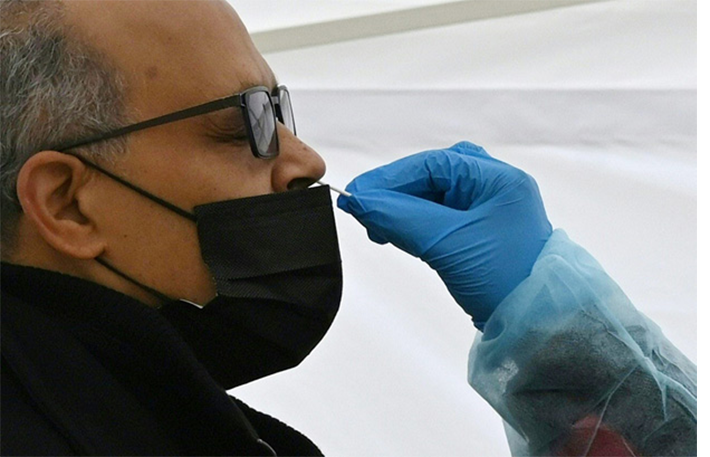
Putrino and his colleagues found that people with long COVID were more likely to have antibodies to the Epstein-Barr virus that causes mononucleosis and to the varicella-zoster virus that causes chicken pox. This suggests that a COVID-19 infection might be reawakening these earlier infections, triggering an immune response.
"We found many key circulating biological factors that alone can discriminate long COVID from others," another senior author Akiko Iwasaki, a Yale University virologist, wrote on Twitter.
The team also found that people with long COVID had on average much lower levels of cortisol, the body's primary stress hormone, perhaps explaining symptoms like extreme fatigue.
Viral persistence
In a study published this month, researcher David Walt and his colleagues found that 60% to 65% of people with long COVID had spike proteins from the SARS-CoV-2 virus in their bloodstream up to a year after their initial infection.
"This is unheard of," said Walt, a chemical biologist and professor at Harvard Medical School and Brigham and Women's Hospital, both in Boston. The spike protein is usually chopped up by the immune system almost immediately, Walt said. It's even hard to find intact spike proteins in people with active COVID-19 infections.
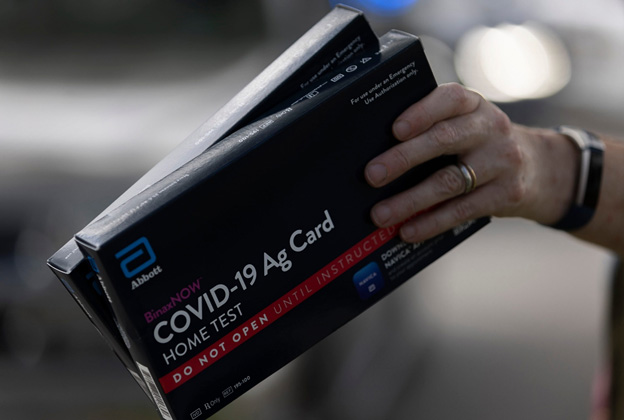
To see so many people with intact spike proteins in their blood suggests the virus is replicating somewhere in their body. "The persistence of this viral reservoir must overwhelm the capacity of the immune system to deal with it," he said, and that ongoing immune response could trigger long COVID symptoms.
These people are not testing positive for COVID-19, so the virus must not be in the lungs, Walt said, but perhaps it's hiding in other spots, such as the gastrointestinal tract. Some people with long COVID have evidence of the virus in their stool.
"This gives us some hope that we may be able to develop some kind of therapeutic intervention to clear this viral reservoir and give these patients the ability to recover," Walt said.
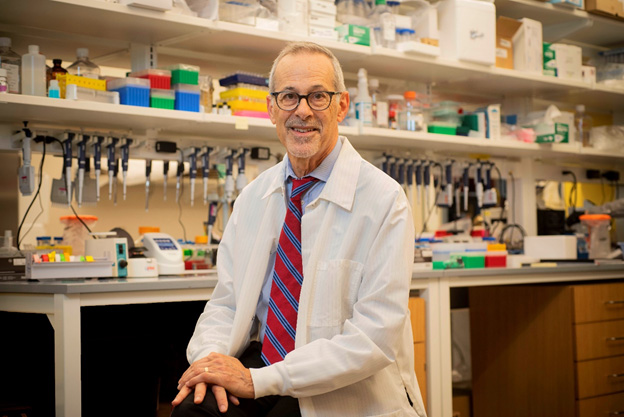
Mitochondrial dysfunction
Mitochondria power nearly every cell in the body.
When those mitochondria malfunction, as can happen after a viral infection like COVID-19, people can feel drained and sapped of energy, which is the most common long COVID complaint.
A small Massachusetts start-up called Axcella Therapeutics recently completed a trial of an experimental drug intended to restore mitochondrial function in people with long COVID. Their results, though preliminary, are encouraging.
Forty-one long COVID patients with complaints of severe fatigue were treated for 28 days. At the end of the study, a handful were back to what they considered their pre-COVID energy levels and many others said they felt better both mentally and physically.
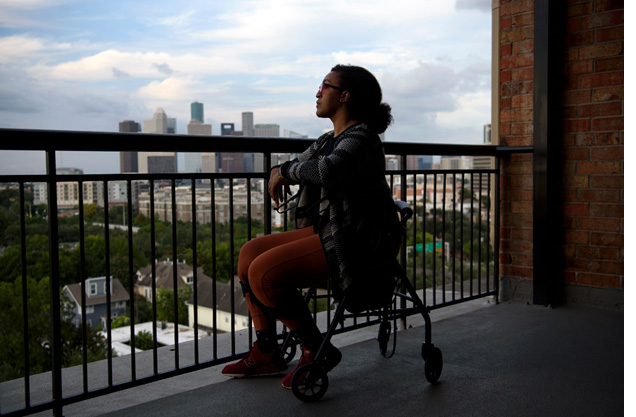
"To see the improvement in fatigue in such a short time period, in people who had been sick for months, gave us hope that we can improve the lives of people with long COVID," said Dr. Margaret Koziel, the company's chief medical officer.
In some patients, a month might be enough of the drug – a combination of amino acids called AXA1125 – while others may need it longer, said Koziel, adding that side effects were manageable.
More testing will be needed to prove the drug's effectiveness and safety before regulators will consider approving it.
Viral reactivation
Some research has focused on the possibility that a COVID-19 infection could reactivate another dormant infection.
More than 90% of the public has been infected with Epstein-Barr virus, which normally does no harm but it's possible that its reactivation could cause symptoms. One study that has not yet been peer reviewed found evidence of a Epstein-Barr activity in many long COVID patients.
Another recent study found that among 88 people with long COVID, 43% had reactivated Epstein-Barr virus, 25% had reactivated herpes virus and 32% had both. These infections are believed to exaggerate the course of an initial COVID-19 infection and increase the risk of long COVID.
Inflammation
Cells that line the inside of blood vessels, called endothelial cells, keep blood inside the vessels. When the junctions between them loosen, blood, white blood cells and inflammatory signaling molecules can seep into tissues causing inflammation, said Dr. Anne Louise Oaklander, a neurologist at Massachusetts General Hospital. When there's not enough fluid, the blood still in the vessels becomes too concentrated and clots, she said.
Blood vessels need to open to supply blood where it's needed. If vessels aren't opening and closing properly, it can cause brain fog, gastrointestinal issues and "exertional intolerance," the exhaustion many people with long COVID feel when they try to exercise or even, in severe cases, just walk to the bathroom.
Increased inflammation stresses the body, which then leads to more inflammation, Oaklander said. Inflammation and blood clots also damage small nerve fibers, causing dysautonomia symptoms internally as well as sensations such as pins-and-needles, tingling and numbness externally, which are both common long COVID complaints.
Oaklander, who has studied nerve problems for years, thinks these issues are probably not specific to COVID-19, as they can occur after other viral infections.
"For 20 years, I've been seeing people who have similar symptoms to long COVID," some of whom link that to prior infections, she said.
Microclots
Research out of South Africa and the United Kingdom suggests that in some people, COVID may leave tiny blood clots, affecting blood flow to different parts of the body.
Microclots blocking blood flow in the brain could lead to mental fog, Putrino said.
Scientists won't be able to figure out who needs treatment for microclots until they have a test that can detect it in people with long COVID, Putrino said. "These are the sorts of things we should be working on rapidly so that we can make it available to patient populations," he said.
Brain fog
Dr. Michelle Monje, a neuroscientist and neuro-oncologist at Stanford University, believes brain fog from long COVID is similar to what cancer patients call "chemo brain," as well as the mental fuzziness people complain about after a bout of the flu or with chronic fatigue syndrome.
In all of these, her research suggests, immune chemicals called cytokines and immune cells in the brain called microglia are out of whack, causing inflammation and limiting brain function. Different cytokines may be boosted by different disease – flu, chemo, chronic fatigue syndrome or COVID-19 – but the end result is the same, she said.
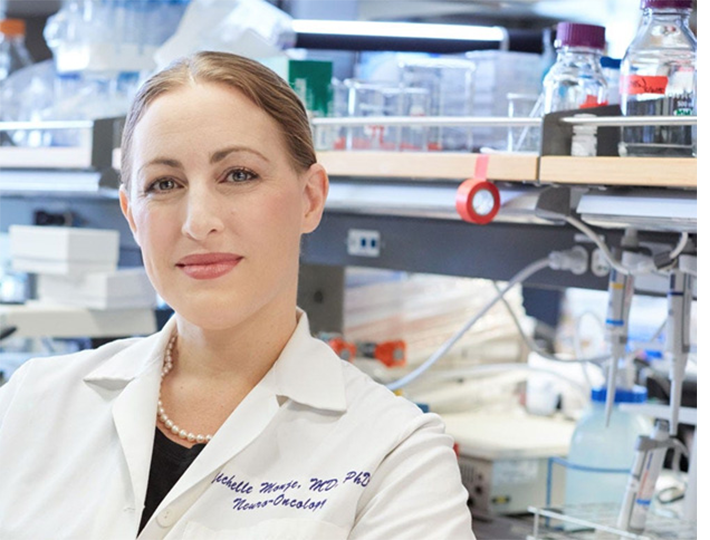
"A lot of long COVID can be explained by a dysregulated immune response," she said.
Monje is trying to figure out the biological differences between people who get long COVID and those who don't and whether treatment to tamp down these specific cytokine activities could be helpful.
The work could have implications for other diseases, as well. "Who knew that studying chemobrain would be relevant to this pandemic," Monje said. "Who knows where research on COVID will lead us."
Gastrointestinal distress
Many people with long COVID suffer diarrhea, constipation and/or abdominal pain.
Knowing what we do about the virus that causes COVID-19, it's not surprising that it would affect the GI system, said Dr. Saurabh Mehandru, a gastroenterologist and researcher at the Icahn School of Medicine at Mount Sinai in New York City.
The virus is known to target a receptor in the lung – but that same receptor lines the small intestines, aiding digestion of certain amino acids, the building blocks of proteins.
"There are reasons for the intestines to get infected," Mehandru said.
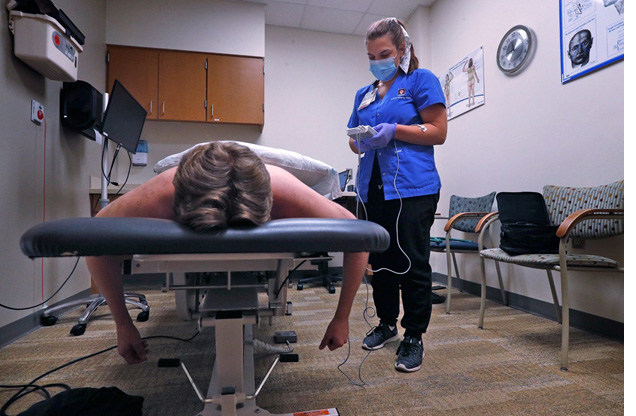
And there are many possible causes for symptoms to continue months after the initial infection, he said. "It could be a local effect of the virus, an effect of inflammation that is lingering as a response to the virus, auto-antibodies, clots, reactivation of the latent viruses like EBV – all of those are in the realm of the possible."
Mehandru and his colleagues have begun a two-year study looking at what makes long COVID sufferers with GI issues distinct from other long COVID patients and those without the condition.
Cardiovascular symptoms
Many people with long COVID end up with cardiovascular conditions, but not all of them are readily detectable with common diagnostics, said Dr. Harlan Krumholz, a cardiologist and director of the Yale New Haven Hospital Center for Outcomes Research and Evaluation, which focuses on improving patient outcomes and promoting population health.
The actual infection can damage the heart by causing myocarditis, inflammation of the heart muscle, which can sometimes lead to long-term shortness of breath and fatigue.
Others, who did not suffer initial heart damage may develop new cardiovascular symptoms such as palpitations, dizziness with standing, rapid heart rate, difficulty with exertion, chest pain and shortness of breath.

With any cardiovascular symptoms, "it is important to have a full evaluation for treatable causes, including an electrocardiogram, an echocardiogram, an ambulatory rhythm monitor and/or lung function testing," Krumholz said.
Traditional cardiovascular testing can be inconclusive for people with long COVID, leaving patients uncertain about the cause of their symptoms or the proper treatment, he said.
"Cardiac rehabilitation may be helpful to build strength and stamina after periods of inactivity," he said, but treatment needs to be personalized.
Dizziness and rapid heart rate
Two more common complaints, dizziness and a rapid heart rate when standing, can be caused by a condition called postural orthostatic tachycardia syndrome or POTS.
POTS can be diagnosed with a test that involves lying in different positions on a table while vital signs are monitored. "There remains uncertainty about effective treatments," Krumholz said, although there are recommendations related to water and salt intake, avoiding bedrest and wearing compressive stockings. There is some evidence that exercise can improve the symptoms, but studies are generally very small, he said.
